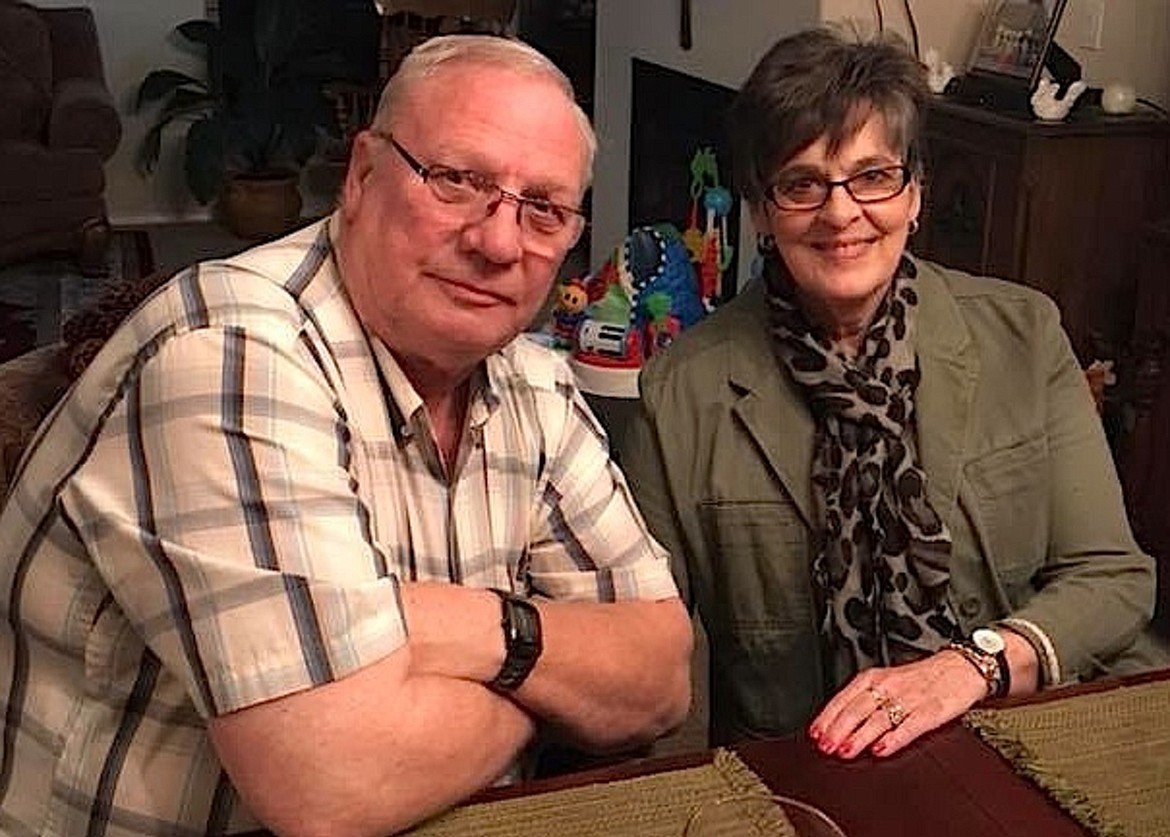Winter weather sparks warning
POST FALLS — When Char Carstensen fills her vehicle with gas during these chilly times, memories of flames engulfing a car often bubble up.
The Post Falls woman and her husband, Larry, owned a gas station and convenience store in Minnesota. Static electricity ignited a fire that destroyed the car and caused significant damage to the business.
"This time of year, when it's dry and cold, it's best not to get back in your car after you start fueling," Char said. "You can create static electricity, especially if you don't have leather upholstery, and become the igniter."
Carstensen said the fire at her business occurred in the winter of 2002. She wants folks to be aware of the static factor as they fill up this winter.
"When this lady got back out of her car and went to grab the nozzle, a spark flew from her and ignited the car," she said. "The car became engulfed in flames in a couple seconds. It was like she had dropped a match inside the gas tank."
Luckily, the woman wasn’t injured, but if there had been a child in the back seat, there wouldn't have been time to rescue the youngster, Carstensen said.
"The woman came to us and said, 'We're going to sue you guys,'" Carstensen said. "She thought the fire was started with our equipment. But our insurance said she was the cause of the fire because she didn't ground herself when she got back out."
Static electricity can be grounded by touching the metal of your vehicle.
"Most of the time people don't even have that moment (to think to ground yourself if you've re-entered your car while fueling up)," Carstensen said. "If people have to get back in their rig, they need to touch the metal part of the car before touching the nozzle again."
Carstensen said gas stations are required to post warning signs of what can start fires, including cigarettes. However, many people become lackadaisical about the dangers. She said gas containers should be filled on the ground, not in the trunks of vehicles.
Carstensen said she often had to ask patrons to put out their cigarettes while filling up.
"Some people don't read the signs or they just get in a hurry," she said.
Others, she added, simply don’t care.

